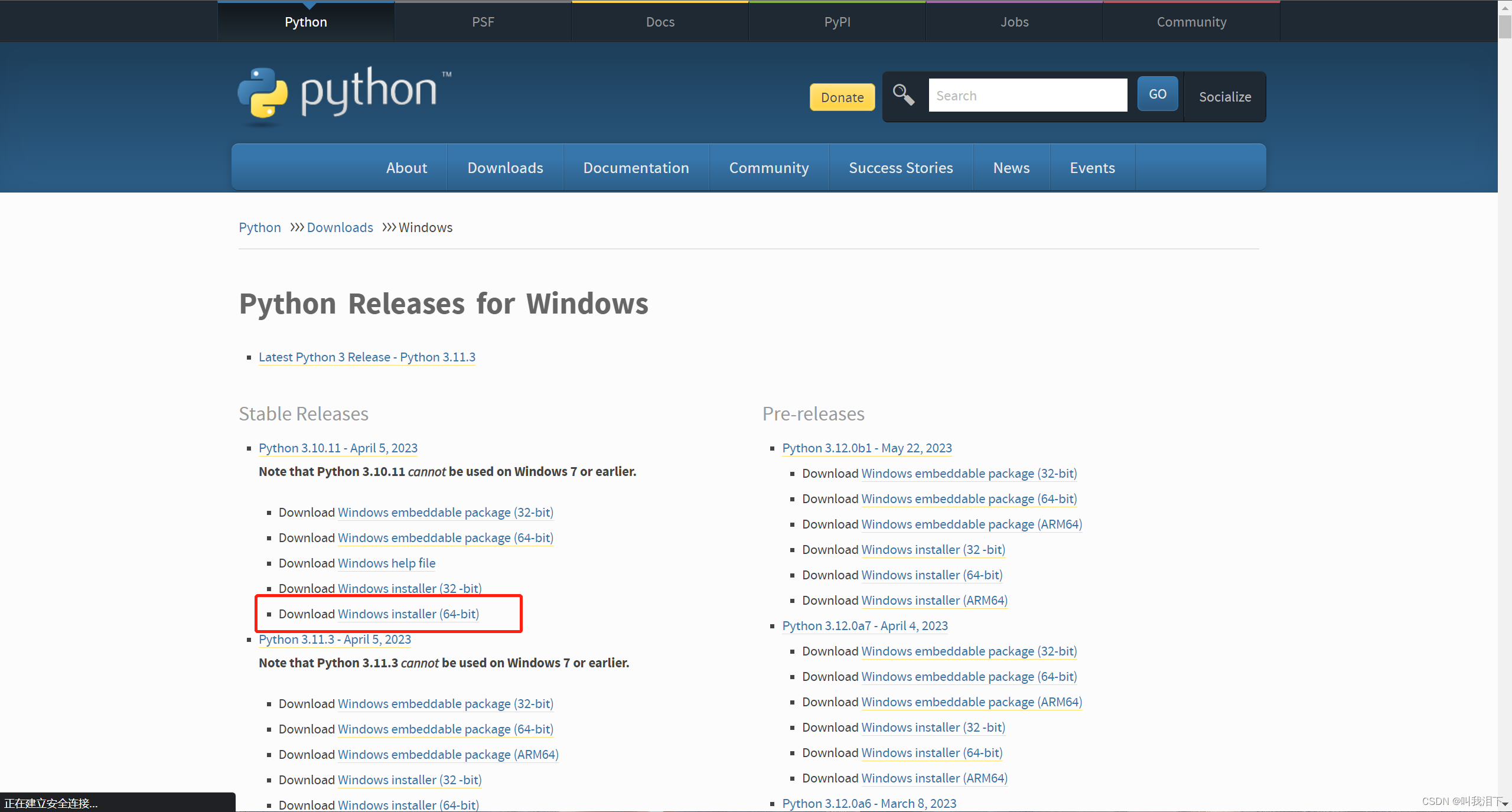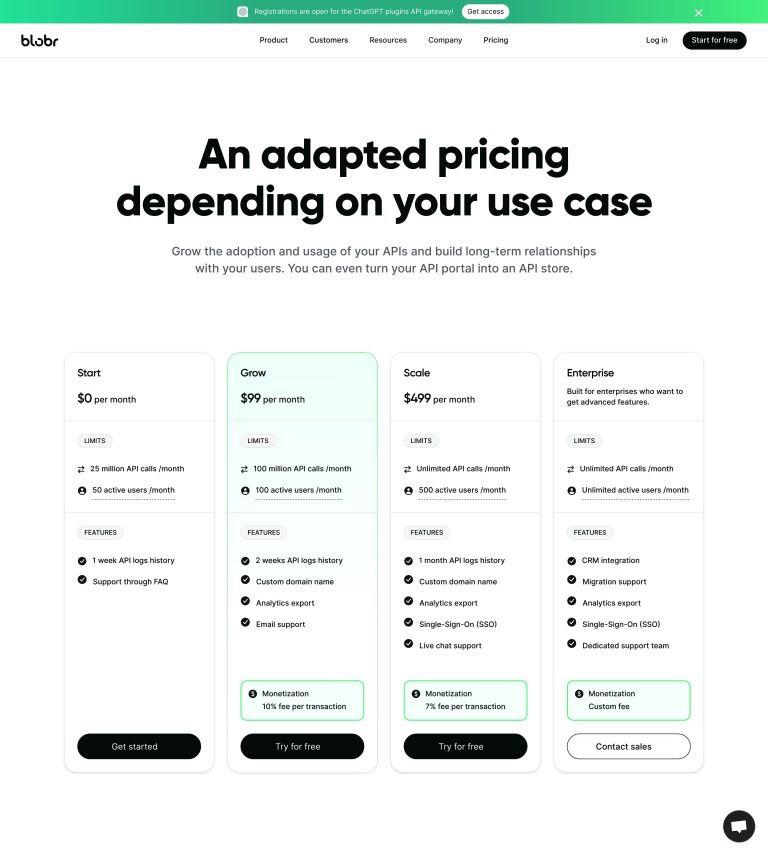
Blogging has become an essential part of digital marketing, content creation, and personal branding. However, the process of writing, editing, publishing, and promoting blog posts can be time-consuming and overwhelming. For many bloggers, the struggle lies in maintaining consistency, generating fresh ideas, optimizing for search engines, and managing the entire workflow efficiently. This is where automation tools come into play, offering a way to streamline your blogging process and save valuable time.
In this article, we will explore how you can stop writing the hard way by automating your blogging workflow. We’ll discuss the benefits of automation, the different levels of blog automation, and the top tools that can help you achieve a more efficient and effective blogging process. Whether you’re a seasoned blogger or just starting out, these tools can help you focus on what matters most—creating high-quality content that resonates with your audience.
Why Automate Your Blogging Process?
Blog automation refers to the use of software tools to automate repetitive tasks associated with running a blog. These tasks include content creation, scheduling posts, optimizing SEO, managing social media, and analyzing performance data. By automating these processes, bloggers can save time, reduce errors, and focus on more strategic aspects of their work.
1. Time Savings
One of the most significant benefits of automation is the time it saves. Instead of manually writing, editing, and publishing each post, you can use tools that generate content, schedule posts, and even optimize them for search engines. This allows you to focus on other important aspects of your business, such as engaging with your audience or developing new strategies.
2. Cost Efficiency
Automation can also lead to cost savings. By reducing the need for manual labor and minimizing errors, you can cut down on expenses related to hiring writers, editors, or other professionals. Additionally, many automation tools are available at a fraction of the cost of traditional methods, making them accessible to bloggers of all sizes.
3. Better Quality Control
Automated tools can help improve the quality of your content by detecting errors, suggesting improvements, and ensuring consistency in tone and style. This leads to more polished and professional-looking blog posts that resonate better with your audience.
4. Increased Productivity
By eliminating mundane tasks, automation allows you to work more efficiently. This increased productivity can lead to higher output, as you can produce more content in less time. It also helps maintain a consistent publishing schedule, which is crucial for building and retaining an audience.
5. Greater Reach and Engagement
Automation tools can help you reach a larger audience by distributing your content across multiple platforms. They can also provide insights into what types of content perform best, allowing you to tailor your strategy to maximize engagement.
6. Higher SEO Scores
Many automation tools include features that help optimize your content for search engines. This includes keyword research, meta tag optimization, and content analysis. By improving your SEO, you can increase your blog’s visibility and attract more organic traffic.
The 3 Levels of Blog Automation
Understanding the different levels of blog automation can help you choose the right tools for your needs. Here are the three main levels:
1. Full Blog Automation
Full blog automation involves automating every aspect of your blogging operations, from content creation to publishing and social media sharing. This level of automation requires robust tools and strategies to manage effectively. It is ideal for bloggers who want to completely streamline their workflow and minimize manual input.
2. Partial Blog Automation
Partial blog automation allows bloggers to automate specific tasks while still completing others manually. For example, you might automate content creation but manually schedule posts or share content on social media. This approach offers flexibility and is suitable for bloggers who want to maintain some control over their workflow.
3. Basic or Default Automation
Basic or default automation is the most straightforward form of blog automation. It involves using a tool’s default settings to automate basic tasks, like scheduling posts or sharing content on social media. This form of automation is best suited for bloggers who are just starting with automation or have simpler needs.
8 Steps to Automate Blog Posts for Maximum ROI
Automating your blog posts can significantly boost your return on investment (ROI) by increasing efficiency, improving content quality, and expanding your reach. Here are eight steps to help you get started:
1. Start with a Workflow
Blog automation starts with workflows. Almost all automation tools use workflows to do their jobs, and understanding how a workflow works allows you to manipulate automation processes to do what you want them to. A workflow consists of a series of pre-defined and repeatable tasks, jobs, or actions. When combined in an interactive, step-by-step procedure, a workflow forms a pattern of activity that people, programs, or software can follow to reach a desired outcome. Workflows are activated by a command or trigger. When you apply them to your resources and feed them with variable data organized into processes, you can transform inputs into results.
2. Automate Blog Ideation with AI

Artificial intelligence (AI) can be a powerful tool for generating blog ideas. AI-powered tools can analyze current SEO trends, news articles, and industry developments to suggest new topics. They can also help overcome writer’s block by providing topic suggestions based on your niche or target audience. Some AI tools even offer keyword planning capabilities, helping you identify relevant keywords to optimize your content for search engines.
3. Use Voice-to-Text Software
Voice-to-text software, such as Dragon, can speed up the content creation process by allowing you to dictate your thoughts instead of typing them. This is especially useful for bloggers who prefer speaking to writing. However, it’s important to note that the technology isn’t perfect and may require some editing to ensure accuracy.
4. Leverage Predictive Technology
Predictive technology can help you create content that appeals to different audience segments. By analyzing past performance data, predictive tools can suggest the types of content that are likely to resonate with your audience. This can help you tailor your content strategy to maximize engagement and conversions.
5. Use Natural Language Generation
Natural language generation (NLG) tools, like Wordsmith, can create rough drafts of blog posts from spreadsheet data. This can save time during the content creation process, as you can then edit the machine-generated text to make it more compelling. NLG is particularly useful for data-driven content, such as reports or summaries.
6. Repurpose and Revamp Content
Automated content audit tools can help you find past blog posts that are still performing well and update them for today’s times. You can also repurpose old content into different formats, such as videos, podcasts, or white papers. This not only maximizes the value of your existing content but also helps you reach new audiences.
7. Automate Social Media Distribution
After publishing your blog posts, use automated content distribution tools to amplify their reach on social media. These tools can schedule posts, include images, and link back to your blog. They can also help you target specific audience segments and post at optimal times.
8. Align All Phases of Blog Production on a Single Platform
Using a single platform to manage all phases of your blog production—from ideation to publication to analytics—can revolutionize your workflow. This eliminates the need to juggle multiple tools and ensures a seamless process. Platforms like Leap AI offer integrations with various tools, allowing you to automate tasks and streamline your workflow.
Top Tools to Automate Your Blogging Workflow
There are numerous tools available to help you automate your blogging workflow. Here are some of the most popular and effective ones:
1. Leap AI
Leap AI is a powerful tool that allows you to automate your work with the power of AI. It partners with Zapier, Vercel, and other platforms to harness the power of AI in your blog post creation. With Leap, you can create custom AI automations without any coding skills. It also offers seamless integrations with top AI text, image, and audio models, allowing you to optimize your blog posts using advanced AI capabilities.
2. Zapier
Zapier is a workflow automation platform that connects different apps and services to create automated workflows. It allows you to automate tasks such as scheduling posts, sending newsletters, and managing social media. Zapier is ideal for bloggers who want to streamline their workflow and reduce manual effort.
3. Jasper AI
Jasper AI is an AI-powered writing assistant that uses GPT-3 to generate copy based on the prompts you provide. It can be used to generate AI-written prompts, outlines, headlines, and even full articles with minimal human input. Jasper is ideal for bloggers who want to save time and produce high-quality content quickly.
4. SurferSEO
SurferSEO is a content planning and optimization tool that uses natural language processing to give feedback on your written content. It looks at the current top search results for the keyword you designate and “scores” your content based on how it compares, providing recommendations for what you could include to provide better, more comprehensive information for searchers.
5. Grammarly
Grammarly is a writing assistance tool that helps you write engaging and grammatically correct blog posts. It checks your spelling, grammar, and punctuation, and also recommends vocabulary enhancements and detects instances of plagiarism. Grammarly is ideal for bloggers who want to ensure their writing is professional and error-free.
6. Trello
Trello is a visual collaboration platform that’s ideal for task management. On Trello, you can create a card for every blog post, assign them to writers, add due dates, and organize them into categories with color-coded tags. Trello is great for keeping track of your blog workflow and ensuring that all tasks are completed on time.
7. Canva
Canva is a graphic design tool that allows you to create branded images and templates. It is free to use, but you can upgrade to its paid plans for more templates and advanced functionality. Canva is ideal for bloggers who want to create visually appealing content without the need for professional design skills.
8. Hootsuite
Hootsuite is an all-in-one social media management tool that helps you create and schedule content, monitor conversations, and track performance. It is ideal for bloggers who want to manage their social media presence efficiently and reach a wider audience.
Choosing the Right Automation Tool for Your Blogging Success
When choosing a content automation tool, it’s essential to start by understanding your goals. Clearly define what you want to achieve with content automation. Are you looking to improve efficiency, increase productivity, or streamline workflows? Knowing your goals will help you evaluate the right tools and processes for your business.
Assess your current content process to identify pain points, bottlenecks, and areas for improvement. This assessment will help you understand the specific challenges you need to address and guide you towards the most suitable content automation solutions.
Consider scalability and growth. Think about your business’s future needs. Will your content demands increase as you expand? Ensure the content automation system you choose can scale with your growing needs, accommodating larger volumes of content while maintaining quality and efficiency.
Involve key stakeholders from different departments to gather their input on content automation needs. Collaborating with stakeholders will provide valuable insights and ensure that the chosen solution meets everyone’s requirements.
Evaluate the financial implications of implementing content automation. Consider the costs of necessary software, training, and ongoing support. Assess if you have the resources, both human and technological, to deploy and maintain the automation process effectively.
Evaluate features and functionality. When evaluating features and functionality for content automation, there are a few key aspects to consider:
– The software should offer intuitive and user-friendly interfaces, making it easy for non-technical users to navigate.
– It should provide a wide range of templates and customization options to suit different content needs.
– The ability to integrate with existing systems and tools is also crucial for a seamless workflow.
– Analytics and reporting capabilities are essential for tracking performance and making data-driven decisions.
By carefully assessing these factors, you can select a content automation solution that aligns with your specific requirements and enhances your overall content creation process.
Conclusion
Automating your blogging workflow can significantly improve your efficiency, productivity, and content quality. By leveraging the right tools, you can save time, reduce errors, and focus on creating high-quality content that resonates with your audience. Whether you’re a seasoned blogger or just starting out, the tools and strategies discussed in this article can help you streamline your workflow and achieve greater success in your blogging endeavors.
If you’re ready to take your blogging to the next level, start exploring the tools mentioned in this article and see how they can transform your workflow. With the right automation tools, you’ll be able to focus on what truly matters—engaging with your audience and creating content that drives results.







